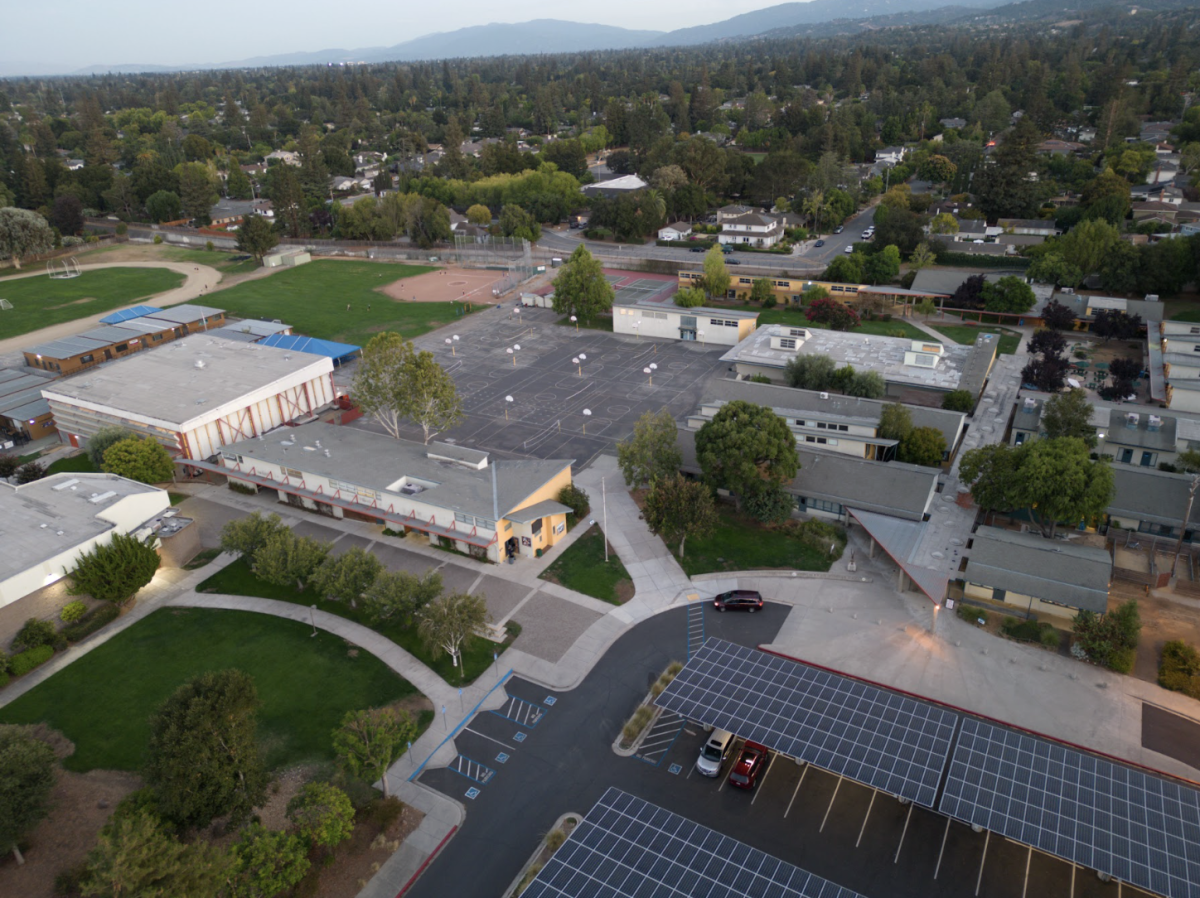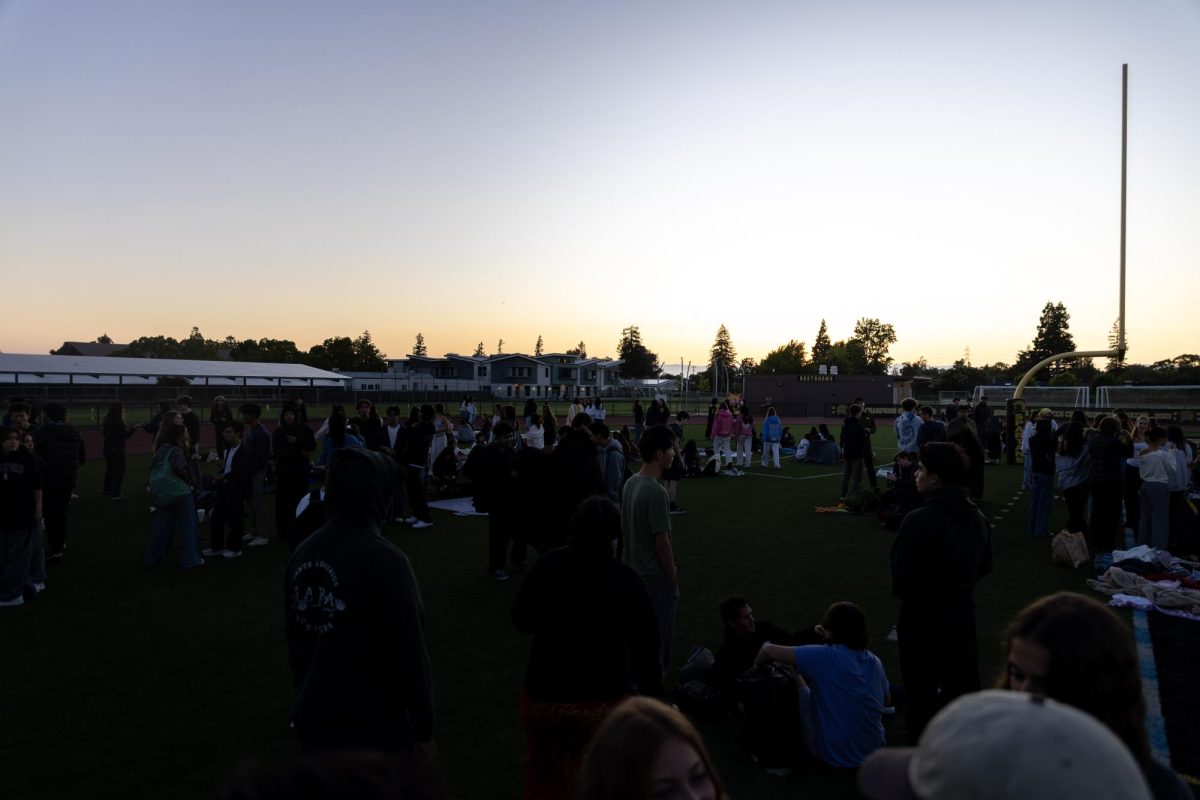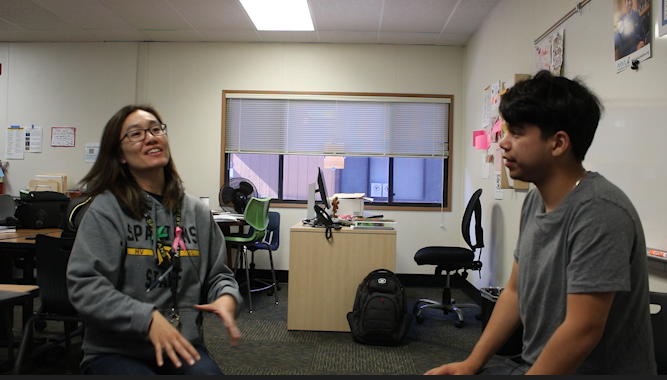The Los Altos School District is considering shifting from its current junior high configuration (TK–6 at elementary schools, 7–8 at junior highs) to a middle school model (TK–5, 6–8). Under this proposal, sixth through eighth grade students would attend the Blach and Egan campuses.
While no official decision has been made, LASD trustee Vladimir Ivanovich said the change is seen by many as “either inevitable or a done deal” and is likely tied to the district’s purchase of a new site in Mountain View and plans to open a campus there by 2029.
“The district feels that a lot of parents feel that sixth graders have outgrown the sort of teaching style of TK through fifth grade, and they really would benefit from single subject teachers,” Ivanovich said. “It’s a question of the maturity of students in sixth grade; they’re really a little bit more mature than fifth graders are, and they could fit into the middle school environment much better.”
The district’s 2019 purchase of an 11.7-acre property in Mountain View, referred to as the “10th site,” made the transition more feasible to happen, according to Ivanovich.
“Before [buying the 10th side], we just didn’t have anywhere to put kids while we moved to a middle school model,” he said. However, the district hasn’t yet decided what type of school to build on the new site, which could house anything from a K-5 school to another middle school.
Despite wanting the change for several years, one concern the district holds for the switch is the constrained space LASD middle schools have including Egan and Georgina P. Blach intermediate high school, Ivanovich said.
With Egan having over 1,500 kids on campus, the school faces severe overcrowding that has created dangerous traffic conditions, Ivanovich said. Additionally both the Blach and Egan campus share their school facilities with Bullis Charter School – a charter school in the Los Altos area.
“Traffic is absolutely horrendous at the moment, and there’s a significant fear if there would be an accident involving a kid in the mornings,” Ivanovich said. “It’s so chaotic over there, we can’t add more kids to that campus.”
The overcrowding means the district “can’t add more kids to that campus” without first moving students elsewhere. Still, Ivanovich noted that overall district enrollment has actually declined since 2012, when LASD had about 4,500 students. Today, that number is closer to 3,300, excluding charter school enrollment.
“We expected enrollment to keep rising, which is why we bought the 10th site, but it dropped instead,” Ivanovich said. Bullis Charter School, which operates under Proposition 39. The state law requires districts to provide charter schools with facilities “reasonably equivalent” to district schools. Since its founding in 2003, Bullis has steadily expanded, straining district campuses and fueling tensions between the two.
“One of the things that Bullis Charter school pressures the district into doing what they want is by outgrowing their current facilities,” Ivanovich said. One option under discussion is moving Bullis to the 10th site, which he said could free up space on the Blach and Egan campuses for sixth graders.
At the high school level, students who experienced the current system said the proposal could benefit future sixth graders. MVHS freshman Samantha Kim, who attended Loyola Elementary and Blach Middle School, said she wishes she had started middle school earlier.
“I have made a lot of friends with people from the other elementary schools, but I think if we had been there since sixth grade, I could be closer to them in a way,” Kim said. “Even though it’s only a year, I could have developed more connections with them and also with teachers.”
Kim said the transition from elementary to middle school was more difficult than middle school to high school, particularly because of the difficulty of navigating between different teachers and schedules. She also felt unprepared for the variety of teaching styles she encountered.
“Some of my teachers in middle school, I was very surprised by how they taught, and I wasn’t really prepared for that,” she said.
Kim noted that having only two years at middle school limited relationship-building opportunities and said she would have benefited from participating in middle school sports and clubs a year earlier. She observed that other districts’ sixth graders competed in track meets while Blach students had to wait until seventh grade.
However, Kim acknowledged the benefits of the current system, including the “smaller community” of elementary school where she could “get to know every single person individually” after spending seven years with the same classmates.
Ivanovich agreed that the benefits may show up most in the early years of high school, though he cautioned that improvements would likely be temporary.
“The main driver is that it will produce better learners and more engagement,” he said. “If we took the time to measure it in ninth grade, I think we’d see improvement. But by 11th or 12th grade, the difference probably disappears.”

































